Serving our community
welcome to
Save Radio NZ
Save Radio NZ is a platform created to help save the radio. We believe the radio to be a
timeless and powerful mode of communication.
We have a track record of
success to build on:
public service brand
We are a reputed brand committed to providing high-quality radio service to our audience. We want the new generation to fall in love with radio.
commercial & partisan influences
We support creativity and exchange of talent. It is what shapes a culture.
sharing content & talent
Radio helps people share content and talent in beautiful ways.
highly-trusted broadcasters
Broadcasters have often established a strong sense of connection to the audience. This bond is special and unique.
965K+
Radio broadcasting
320K+
range of listeners
354+
terrestrial radio
550+
Independent stations
why the radio is important ?
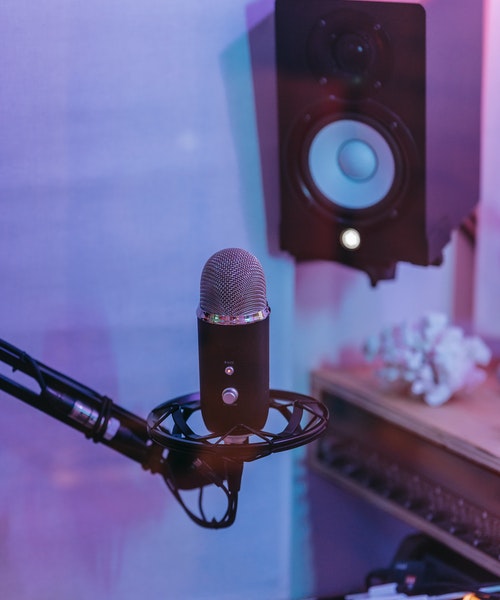
Media & Entertainment
Radio is easily accessible and available round the clock. It is a great medium to keep yourself entertained.
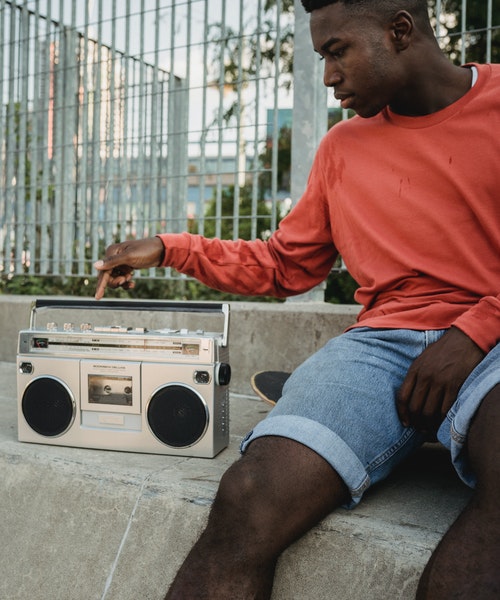
Tourism Radio
Tourism radio offers important information on the popular tourist destinations.

news advertising
If you want to stay fully updated with what’s happening in New Zealand, radio is an excellent way to do that.
Testimonials
go back to the simplicity that it offers.”

radio impact Facts
Have a look at these numbers. They give an accurate picture of just how radio is still so widely loved.
Latest updates

Picking Your Mic: A Simple Guide for Radio Broadcasts
Are you looking to take your radio broadcasts to the next level? You’ve come to the right place.
Choosing the right microphone is essential for capturing great sound quality, yet picking the right mic can be daunting. But don’t worry – with the right guidance, you can make the perfect selection.
In this article, we’ll show you how. We’ll explain the types of microphones, features to look for, and the importance of choosing the right mic.
So let’s get started and take your radio broadcasts to the next level!
Key Takeaways
- Dynamic microphones are suitable for live streaming and radio broadcasts due to their ability to handle high sound levels without clipping.
- Condenser microphones are ideal for recording podcasts as they produce rich and detailed tones.
- Lavalier microphones are clip-on microphones that are useful for live streaming as they pick up sound without background noise.
- Shotgun microphones are great for capturing audio from a distance, making them popular for livestream interviews.
Types of Microphones
There are five main types of microphones to consider when picking your mic for radio broadcasts.
- Dynamic microphones are designed for live streaming and radio, able to withstand high sound levels without clipping.
- Condenser microphones, on the other hand, are ideal for recording podcasts and produce rich and detailed tones.
- Shotgun microphones are great for capturing audio from a distance, making them popular for livestream interviews.
- Lavalier microphones are clip-on mics that pick up sound without background noise, perfect for live streaming.
- Finally, ribbon microphones offer a warm and vintage sound, perfect for studio recordings.
When selecting your microphone, make sure to consider their sound quality, pickup pattern, frequency response, impedance, and additional features such as shock mount and noise cancellation.
Features to Look For
When choosing a microphone for radio broadcasts, you’ll want to consider several key features.
Sound quality, pickup pattern, and frequency response are all important. A wide frequency range captures different sounds accurately and higher impedance indicates better sound quality.
A directional or omnidirectional pattern affects sound capture, depending on the situation. Shock mount and noise cancellation can also enhance recording quality.
It’s essential to select the right microphone to ensure the best audio quality for your broadcast. Research different types and features, and choose one tailored to your needs for the best listener experience.
Importance of Choosing
It is important to choose the right microphone for radio broadcasts in order to achieve the highest quality sound and the best listener experience. Factors to consider include sound quality, pickup pattern, frequency response, and impedance.
Comparing microphone types, dynamic and condenser microphones are ideal for live streaming and recording podcasts, respectively. Lavalier microphones are also popular for live streaming, while shotgun and ribbon microphones are more suited for capturing sound from a distance and studio recordings.
Shock mounts and noise cancellation may further enhance recording quality and should be considered when making a selection.
Ultimately, selecting the right microphone is essential for achieving an optimal audio experience.
Conclusion
With the right guidance, choosing a microphone for your radio broadcast doesn’t have to be a daunting task.
Different types of microphones have varying features, so it’s important to know what to look for.
By understanding the importance of choosing the right mic, you can make an informed decision and take your radio broadcasts to the next level.
With this knowledge, you can be sure to pick the perfect microphone for your needs.
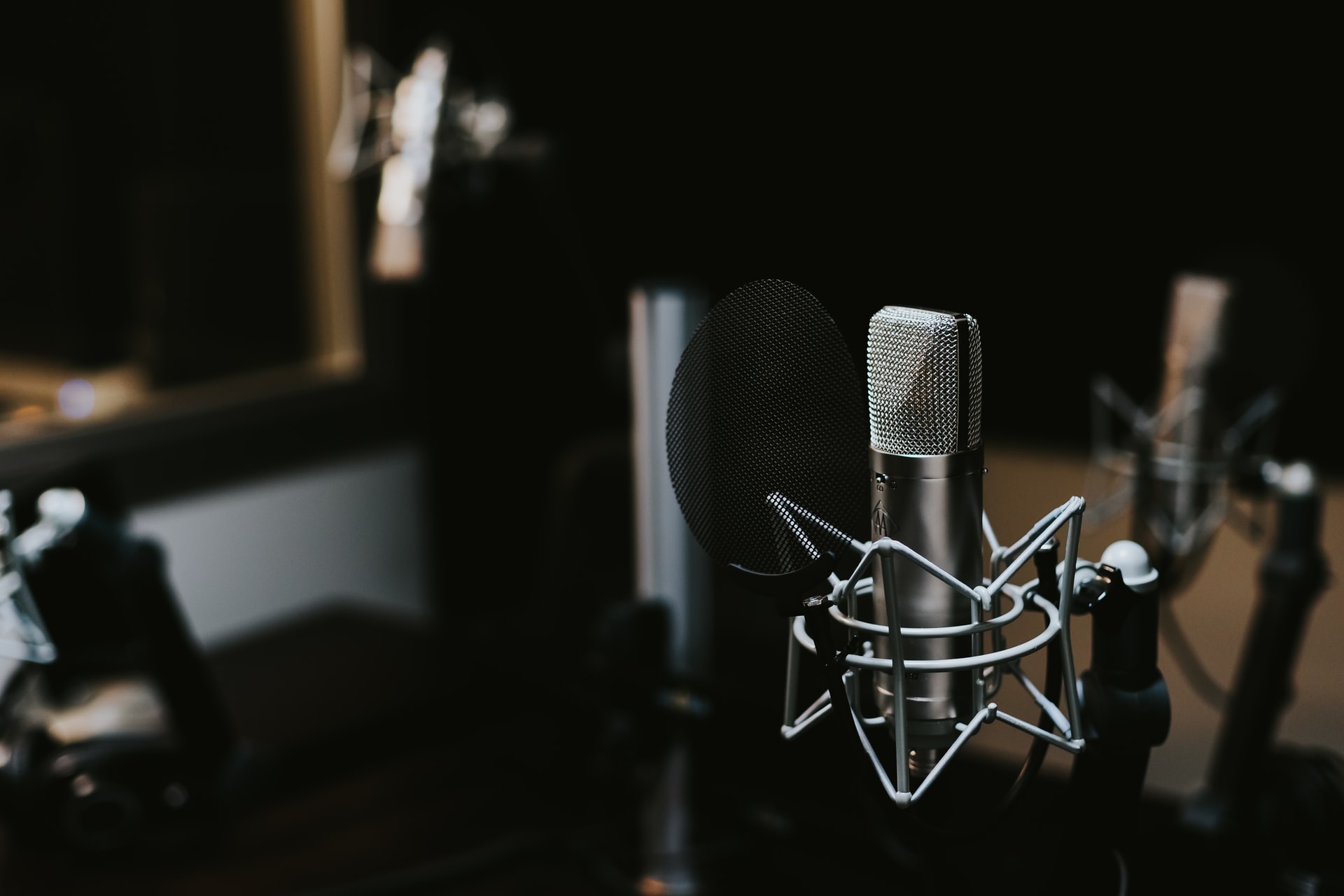
Radio is Here to Stay Due to its Countless Contributions
People now have additional means to obtain an expanding quantity of knowledge thanks to technological advancements. You may learn about local and global news in the paper, on the radio, on tv, on your phone, or internet. With these alternatives, a depth of information is constantly accessible to those who have accessibility to it. Radio occupies a pivotal effect on information dissemination in nations where the right to public communication is restricted, where usage of technology is pricey, or where the prevalence of ignorance is significant.
International news
In order to give audiences, the latest improvements, radio broadcasts could provide actual information that is disseminated 24 hours a day. Programs can traverse boundaries and serve as sources of knowledge in areas where dependable news is tough to obtain by. People may still look for trustworthy sources on the radio when internet and cell phone access is restricted. For battery-powered and hand-cranked radios, power is also not necessary.
Radio is instant
Hardly anything compares to radio’s capacity to deliver appropriate advertisements and up-to-date information from breaking occurrences. Radio can broadcast an event more quickly than television can, in particular because of the short development times and less equipment and materials. With today’s techniques for sending high – quality sound down to the station through IP and other systems, it is considerably simpler to obtain distant presence on the radio.
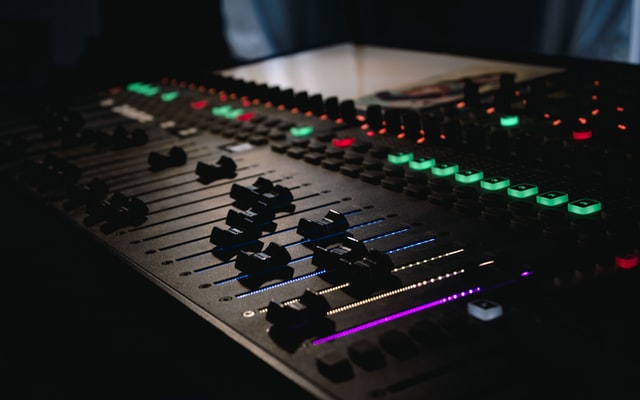
Radio is economical.
Compared to most of the other channels, radio attracts far more customers per dollar invested. Because of this, cost-effective specialised entertainment may be produced and distributed. Each subscriber requires a new path to be created by streaming platforms, which makes the server and networks work even harder. Radio will not really operate that way; irrespective of the amount of viewers, a single station manages the whole broadcast area.
In dire situations, radio benefits society.
The web and mobile telephone networks are consistently the first things to go down when a disaster strikes. When timely information is required, broadcasters are frequently the first to broadcast it to the public. These radios may be carried about on batteries.
Radio travels.
Unlike the other forms of media, radio is typically found on the dashboards of vehicles. Millions of people listen to it every week while jogging and at the beaches. It is perfect for workers who utilise cars due to the obvious network and continuous availability from place to place. Additionally, thanks to advancements in digital transmission technology, users may access an array of programs in their automobiles, including such true traffic information that include accidents or other problems, providing them the knowledge they have to make the best choice possible.

Radio is More Important Than You Think
Even though radio is sometimes disregarded as a medium of communication, it remains among the most vital. It has existed for millennia and it is still in use today. Radio keeps adjusting to the demands of its audience by covering everything from public conversations and sports coverage to music concerts and major sporting events. Radio has repeatedly shown itself to be the most flexible technologies available.
Some individuals believe that in modern environment, broadcasting is no longer necessary. But nothing could be farther from reality than that. We still rely heavily on radio in our daily lives.
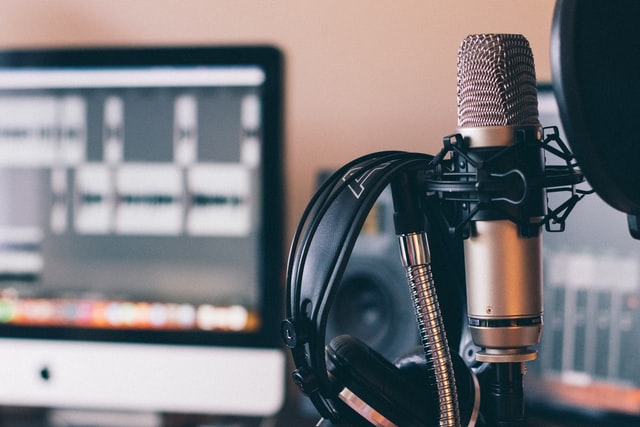
Radio’s past is profound
One of the oldest and most popular means of mass communication in New Zealand is radio. It is the only form of amusement that has been around since the turn of the 20th century, because it is still popular of rapid technological advancement, social rules, and purchase patterns.
Radio has long been a popular medium for decades and is expected to be successful across a broad range of populations. While commuting to work or performing chores, employees may tune to their favourite radio programmes. Sports enthusiasts may follow developments on their favourite teams and players, while young musicians can listen in to the channels of their choice that listen to the music they want. The radio has a lengthy origin can be traced more than a century.
Radio Is well-known worldwide
Over 90% of American households have a minimum of one radio, and by 2020, it is predicted that there would be more than 30 billion people worldwide. With rising popularity in music, companies may reach new viewers by using technological advances thanks to the widespread familiarity of radio’s most well-known broadcasters. Even with voice assistants, radio has continued to be a common fixture in most homes. Because they are devoted to their favourite radio channels and programmes, consumers get familiar with brands.
Radio keeps us up to date
We may get news channels, weather and traffic updates, news affairs, and more with the radios. Radio transmissions are typically used by tv channels to offer context for the TV stories they are reporting. Radio maintains us to be up – to – date. Broadcasters are reliable sources of up-to-date information for consumers from dawn to night.
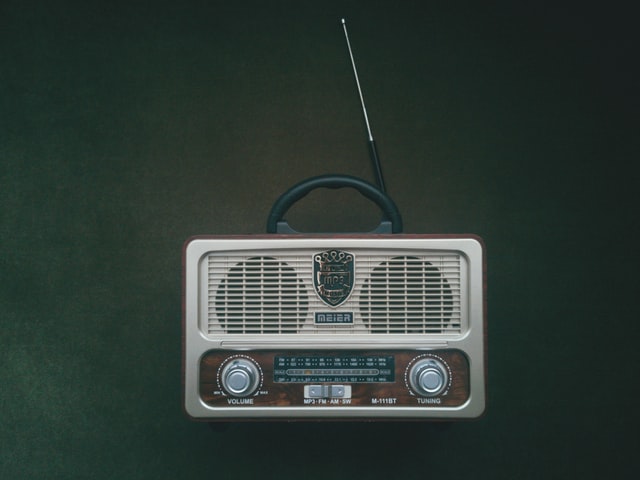
Radio is inexpensive
Today’s radio programmes may be listened to by listeners all over the world since they are accessible in almost 100 languages and dialects. In addition to being aired live, many national programs are also accessible online for viewers around the country, not simply those in their direct proximity. Additionally, there are a lot of regional radio programmes that provide pertinent information and engaging programming on regional topics.
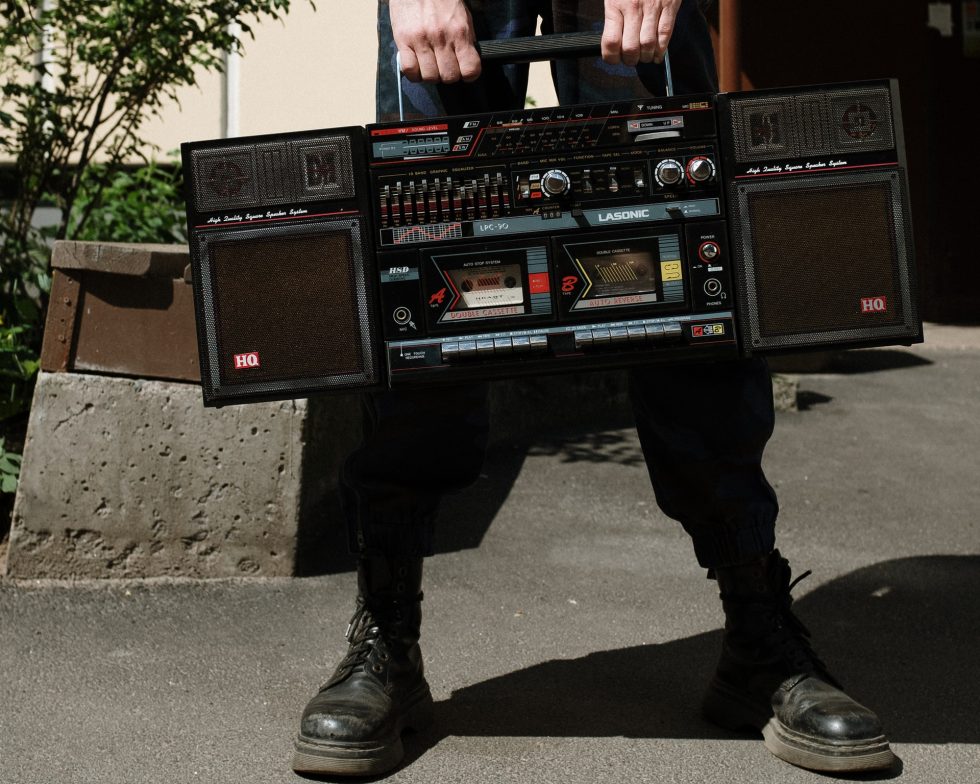
Here is How Radio is Relevant in the Current Times
Radio has maintained itself among the most efficient ways of reaching both new and existing customers as marketing patterns have changed through time. For several factors, radio is a top medium of advertising. Radio enables companies to communicate with a broad audience that is both focused and immediately available. Radio has somehow demonstrated to be an excellent method for promotion, even though it is a wonderful way to alert current clients of critical updated information throughout the epidemic.
Radio is Instant
Another of the fastest methods to contact your audiences is through radio. Radio is a reliable source of “right now” news and analysis for consumers. Audiences are able to see and hear radio programmes as they produce, and presenters give them amusement, information, and up-to-date material.
Radio enables companies to communicate with audiences in real-time, whether presenters are delivering breaking news information, sales promotion information, or events notifications. Radio is still an effective way to notify your clients about critical information and updates even during present epidemic on a range of platforms, as well as in their automobiles and at homes while using laptops, portable devices, and voice assistants.
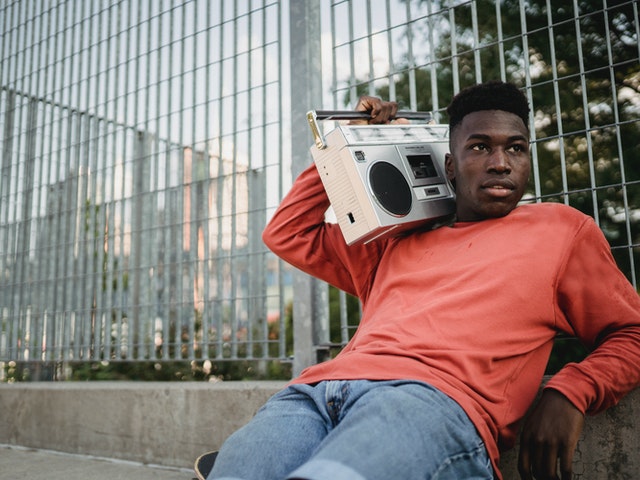
Everyone Can Hear the Radio
Another of the finest media outlets for reaching the largest audience is radio. You may help spread the word with your message thanks to the 92 percent of people who tune to AM/FM radio while still preserving targetability across various station formats. You may reach a sizable audience through radio that closely resembles the audience demographics of your target market. Radio is a supplemental media that touches people at home, at work, and when they’re on the go. Radio has adjusted to shifting consumer preferences and technological fads. Nowadays, voice commands, smartphones, laptops, and desktops can all be used to access radio. Anytime they choose, listeners may tune into their preferred radio channels using the equipment that suits them best. Radio becomes even more user-friendly than other mediums since consumers do not need to reserve a certain moment to be somewhere.
While advertising and technological developments are ever-evolving, radio has endured the passage of time. Because of its mobility and versatility, radio continues to be among the most efficient methods to reach more people when new marketing and media strategies are developed. For example, radio presenters have been making it possible to alter course during the recent COVID-19 situation by live-streaming their broadcasts from their residences. As a result, our talent is able to convey vital messages and information while still maintaining a connection with their audience and offering a tranquil refuge distant from the deluge of unpleasant news.
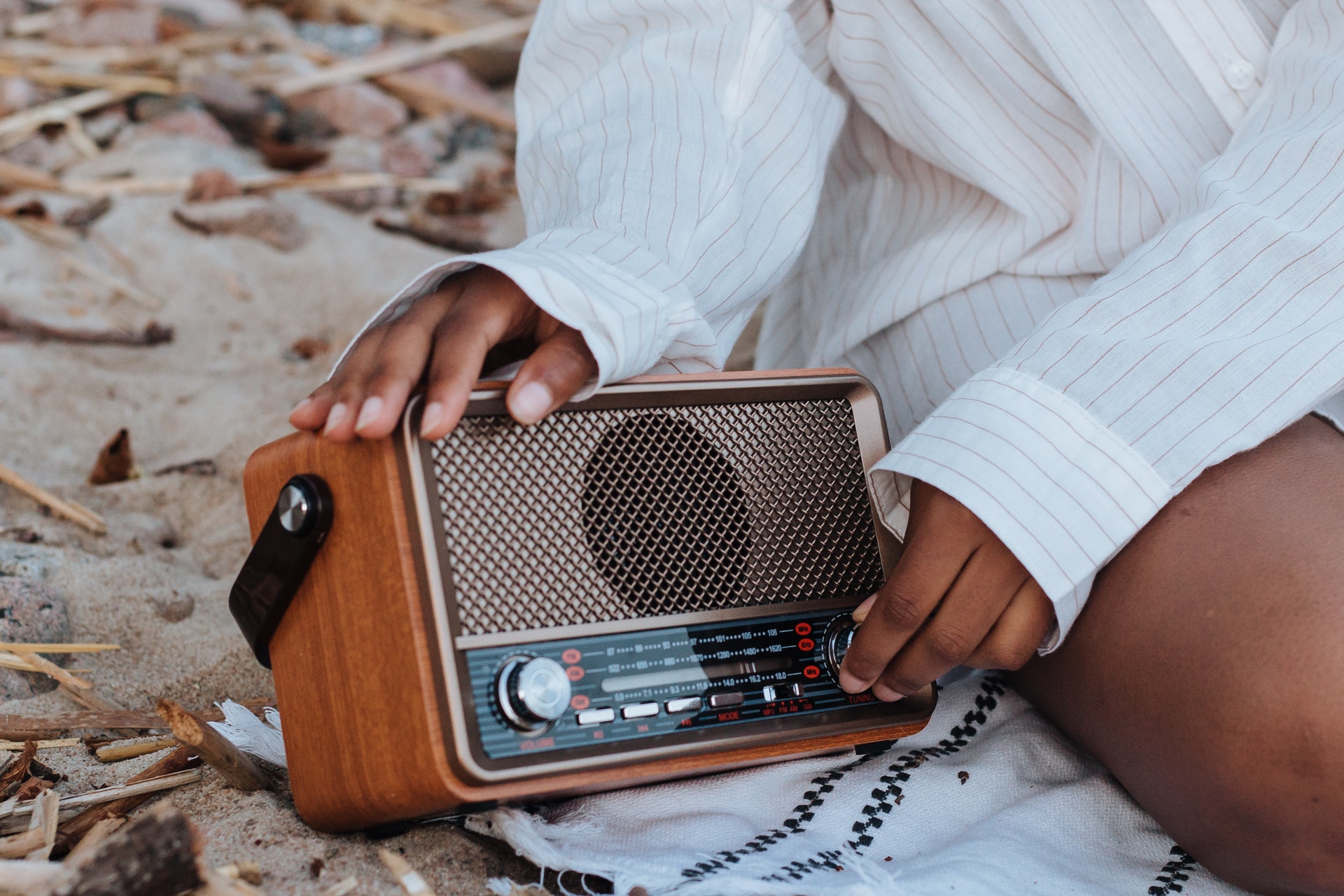
The Numerous Benefits of Radio
Radio is constantly on and accessible. Radio has been a mainstay in our life for many years. Radio continues to be a steady and a much-loved trustworthy reliable companion even in the face of rapid developments in information and telecommunications channels. Radio helps to restore comfort and security to a society that has been flipped upside down during these trying times with the epidemic.
Organizations and advertising have a tremendous opportunity to interact with customers right now. They will also want to know what they might make purchases now and, in the future, despite the epidemic. They’ll additionally inquire about the safety precautions that are being performed. It’s critical for marketers to show their financial stability and commitment to maintaining consumer trust at this time.
Radio is Reliable
Among the most dependable information sources, entertainment, and amusement in New Zealand is radio. It’s crucial to keep in mind that just because radio is regional, interactive, and audience friendly, people appreciate it. Radio hosts become dependable pals. They are sources of information, providing people with their favourite song, current newspaper articles, and details that important to them.
The discussions, substance, entertainment, and cultures that are significant and applicable to their viewers’ daily lives are selected by on-air presenters. This relationship of mutual trust between the on-air personality and their viewers may be consoling and helpful when things are bad. Throughout a time of instability, this link might provide a feeling of comfort and routine.
Interactivity in radio
Radio may be a one-on-one and intimate medium with its audience. Call-in parts on programs provide viewers a chance to participate and be recognized. Competitions honour loyal customers and pique their attention in the radio program. Hearers can view the opinions of other listening through surveys. A platform for individualised communication with the broadcasters and their on-air presenters is provided via social media following. Unlike other media mediums, radio allows people to interact with a programme or person. Additionally, listening to the radio can frequently prompt reflection and social interaction.
Radio is local radio
One of the finest approaches to reach clients in local towns is through local radio marketing. Using on-air performers as brand ambassadors and promoters is among the most effective methods to create that relationship. The trust that on-air performers enjoy from viewers may help your messaging get over more effectively.
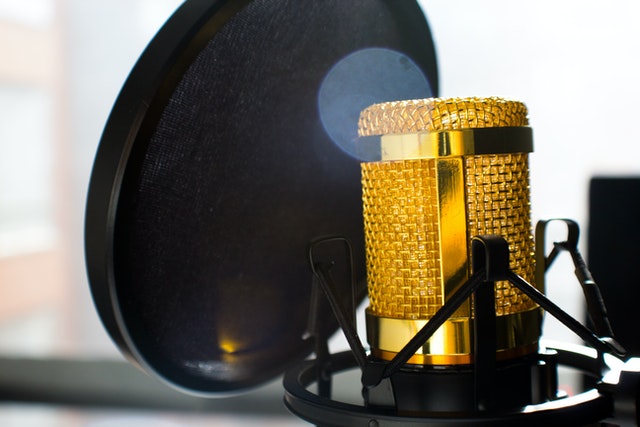
Radio can address a particular demographic and divide It
Every seek to maximize profits must successfully reach the right consumers at the proper moment. Because of the variety of radio styles and channels, marketers may choose the consumers that best suit their demands. Media organizations have already in understanding of and analysis on every train’s demographic, then maybe we can provide information into the dates, hours, and styles that will be most advantageous to your company.
Access Community Radio
New Zealand trends
can help to keep you fully informed.
